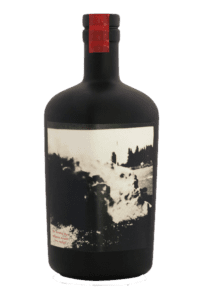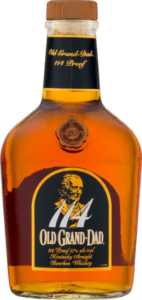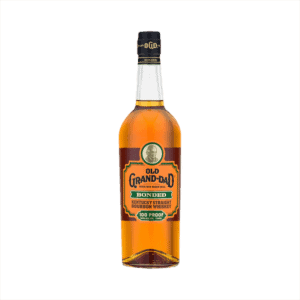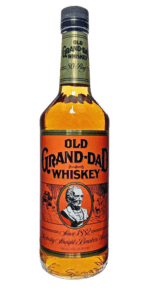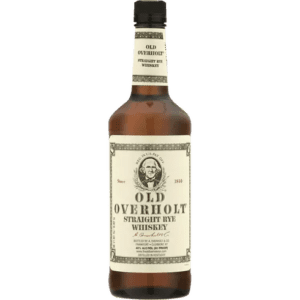Meet the misses
By Mark Day
When old journos gather in bars they tend to tell stories of their greatest hits: how they solved a particularly puzzling murder; how they saved the British Empire or brought down a government.
Rarely do we hear of their greatest misses.
But we’ve all had ’em.
Ben Hills, an investigative reporter who cut his teeth at The Age in Melbourne under editor Graham Perkin, has written a biography of his mentor, Breaking News: The golden age of Graham Perkin (Scribe). In it he recalls the Dickensian days of a moribund paper in the 1950s and 60s before Perkin began its modernisation.
He recounts some tales of The Age’s better misses.
Take the story of Russell Hill, a late-stop sub-editor on The Age in 1956. The paper had gone to bed, as had Russ. Well, he had nodded off, as you do in the wee small hours while the presses roll and you wait until near dawn in case something important happens.
Russ was suddenly woken by the clang of teleprinter bells – they had an alert system in those days of ringing five bells for a big breaking news story – and tore a snap off the printer. Egypt’s Colonel Nasser had ‘annexed’ the Suez Canal – a move that would take the world to the brink of World War III.
‘So what?’ Hill thought. ‘It’s already in Egypt, isn’t it?’ And he went back to sleep.
That is almost as big a miss as The Age front page in 1939. True, the front page was filled with advertisements in those days, but still, a small pointer to ‘Britain Declares War – See Page 10’ does seem to be a trifle underdone.
Missing stories was not unusual for The Age in its sad old days. Hills tells how a country correspondent’s hopeful filler alerted editors to a rather big story happening overseas. The story said that flags in Mildura were flying at half-mast as a mark of respect for the king.
‘The king?’ Hills writes. ‘Dead? Burrowing frantically through a file of overlooked cables one of the subs discovered that, while they had been knocking back beers down at the pub, George VI had died.’
I was chortling over these tales, and more, with Frank Crook, the Sydney newspaper and radioman on the day the Exile on Main Street documentary on the Rolling Stones was on TV.
‘Ah,’ said Frank. ‘London, 1964; the decade of Swinging London was just about to begin. Gerry and the Pacemakers topped the charts, The Beatles were about to rocket on to the scene, and slowly making their mark was a group called the Rolling Stones.
‘I was sharing a flat in Willesden with a Daily Express photographer called Russell McPhedran, when we noticed from our front window a regular parade of young girls gathering daily outside a house directly opposite.
‘What was it all about, we wondered. Perhaps we had stumbled on a half-way house for wayward girls. We should be so lucky.
‘One-day McPhedran and I drove to a local service station to check his car in for servicing. When he offered our address to the girl behind the counter she cried “Eek! You must live opposite the Rolling Stones!”
‘After we drove away, McPhedran turned to me and said: Who are the Rolling Stones? I replied, Oh they’re some kind of pop group, like The Beatles.
‘McPhedran, always on the lookout for newsworthy snaps, wondered whether it might be worth his while to stroll across the road and get the boys to pose for a couple of candids.
’I don’t know whether it would be worth the bother,’ I replied. ‘Pop groups come and go. Hardly anyone has even heard of this mob and they’ll probably sink without trace.’
‘Good call. McPhedran put his camera away and never thought about it again – except that for the past 40 years he has never let me forget it.’
#












































